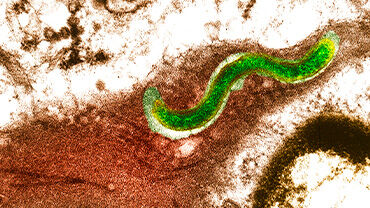Congenital syphilis - Annual Epidemiological Report for 2023
In 2023, 78 confirmed congenital syphilis cases were reported from 13 EU/EEA countries, while 13 other countries reported no cases. For 2022, 73 cases were reported by 14 out of 25 countries contributing data.
Executive summary
• The number of cases reported in 2023 and 2022 represent an overall increase in congenital syphilis notifications in the EU/EEA. This follows a decrease in notifications in 2020.
• Increases in congenital syphilis were paralleled by increases in the notification rates of syphilis among women and heterosexual men in several EU/EEA countries in 2022 and 2023.
• National rates remained low in most EU/EEA countries that provided data on congenital syphilis between 2014 and 2023. Five countries reported no vertical transmission events during the 10-year period.
• To achieve the revised 2030 targets for congenital syphilis elimination in the WHO European Region, better indicator data are needed to ascertain the factors associated with congenital syphilis prevention failures, particularly in EU/EEA Member States that report higher number of cases. Countries that do not currently collect data may benefit from documenting their progress towards congenital syphilis elimination, particularly given the current increases in syphilis notifications among women in the EU/EEA.
Download








